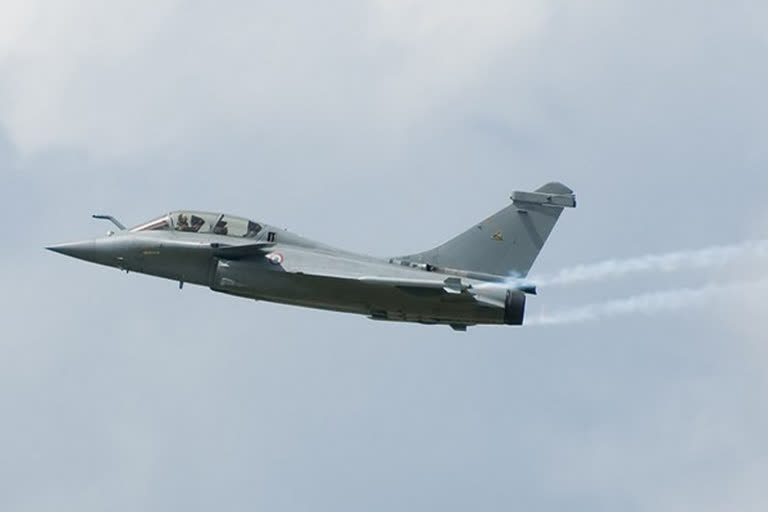New Delhi: With a tense east Ladakh border military standoff with China’s PLA showing no signs of easing and guns booming across an ever torrid Line of Control (LoC) with Pakistan, the top brass of the Indian Air Force (IAF) will meet from Wednesday to take stock of the developing situation as well as effect changes in the ongoing LTPP (Long Term Perspective Plan 2012-2027) in view of the situational requirements.
With focus on IAF’s procurements till now and the overall requirements under the ongoing LTPP, the IAF commanders will meet for three days (July 22-24) at the national capital’s Vayu Sena Bhavan.
Besides readying to take on the suddenly emerging serious possibility of a two-front conflict scenario, the IAF is straddled with quite a few challenges—veritable shortage of fighter aircraft squadrons, enhancing airlift capability to enable Special Forces deployment, requirement of unmanned aerial vehicles and many more—all under the overarching effort to move towards a theatre command structure.
Of course, the most pressing need is to make up the numbers for fighter aircraft and therefore the need to equip the IAF with at least 45 squadrons in the next few years rather than the initially planned target of 2032.
At present, IAF operates 33 such squadrons whereas at least 43 is the minimum needed to fight both China and Pakistan in a possible conflict scenario at the same time.
Read: Amid border row with China, MiG-29K fighter aircraft to be deployed in Northern sector
Every fighter squadron operates 16-18 aircraft. At present, IAF’s frontline fighter aircraft comprise Su-30s, MiG-29s and Mirage-2000s.
The IAF commanders will also take into account the force’s changing role due to the availability of 36 French Dassault-made Rafale multi-role fighters, the first batch of five of which is likely to reach the Ambala air base before the month-end. Also expected in a year or so are 33 new aircraft including 21 MIG-29s and 12 Sukhoi 30 MKIs from Russia.
Besides these, the IAF is also in the process of buying 83 Mk1A version of the home-made Tejas Light Combat Aircraft with the possibility of another 40 Tejas aircraft in the works.
Traditionally, the IAF maintains a state of combat readiness primed for a 10-day-long battle in case of a possible war with Pakistan and 15 days in case of such a scenario with China with the Directorate of Air Staff Inspection (DASI) playing a key role in ascertaining preparedness with fully stocked up weapons, missiles and alert radar systems.
The IAF’s operational role rests on four specifics—counter air, strategic air (including space), counter surface and combat enabling operations.
The world’s fourth largest air force in terms of personnel and aircraft, the IAF has to operate in an air space spanning more than 40 million cubic km.



